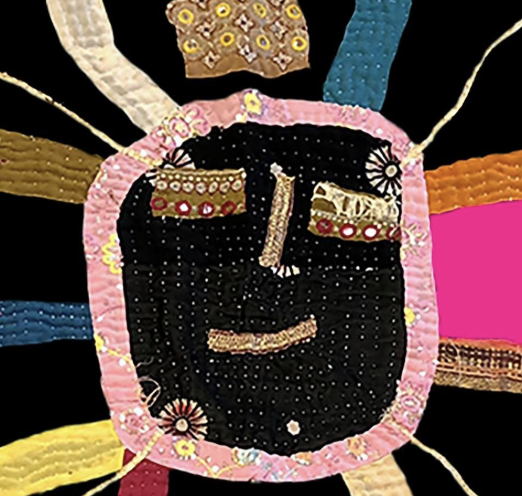
Collecting and Recollecting
Feb. 22-Aug. 18, 2019
Contemporary Quilts in Western India

Throughout western India, people make quilts for practical reasons: to have something to sleep under, to hang in doorways, to augment dowries, to sell. They make quilts for personal reasons, as well: to document daily life, to offer as gifts, to signal group affiliation or individuality. The quilts in this exhibition were made by women and men from towns and villages across the states of Gujarat, Maharashtra, and Karnataka. These craftspeople come from varied geographic, economic, and social backgrounds, but all value quiltmaking for the creative outlet it provides. The textiles often share visual and material similarities, but they also reflect their makers’ own communities, personalities, and life stories.
The IQM partnered with researchers from various backgrounds to discover, document, and acquire quilts characteristic of the three regions. The researchers’ approaches were different. Some embarked on intensive fieldwork, employing the help of local guides to conduct interviews with quiltmakers. Others ventured into rural areas hoping for serendipitous quilt discoveries, and recorded their searches with photographs and travelogue entries. A third set—two separate groups of academics—encountered quilts in the course of unrelated research, and were inspired to document the textiles, interview their makers, and in one case, help to establish a women’s quilt cooperative.
Here we share the fruits of these investigations: collected quilts and recollected stories.
Marin Hanson, curator